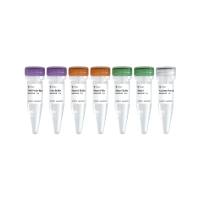Gene Transfer by Electroporation of Filamentous Fungi
互联网
596
The fungi encompass an enormous array of species, ranging from microscopic uninucleate, unicellular forms to multinucleate, coenocytic, highly differentiated macroscopic morphological forms. The wealth of diversity provided by a wide variety of life cycles, the availability of asexual and sexual modes of reproduction, and the presence of both haploid and diploid phases of the life cycle add further dimensions to this fascinating group of eukaryotic microbes. The tremendous potential of various taxa of filamentous fungi for biotechnological applications has yet to be realized. The filamentous fungi are emerging as a source of suitable hosts for expression of mammalian and other eukaryotic genes to yield products of commercial interest. They are ideally suited to this end by virtue of their normal mode of nutrition, based on the capacity for secretion of degradative enzymes, instrumental in conversion of complex growth substrates into simpler, readily utilizable derivatives that are absorbed by the growing fungal hyphae. Several species of filamentous fungi are known to produce pharmaceuticals, antibiotics, metabolites, phytohormones, and other industrially important products. There is a great deal of interest in the potential for the use of filamentous fungi as biocontrol agents—as antagonists of other fungal phytopathogens, as bioherbicides and bioinsecticides.









